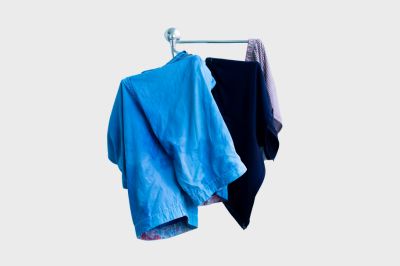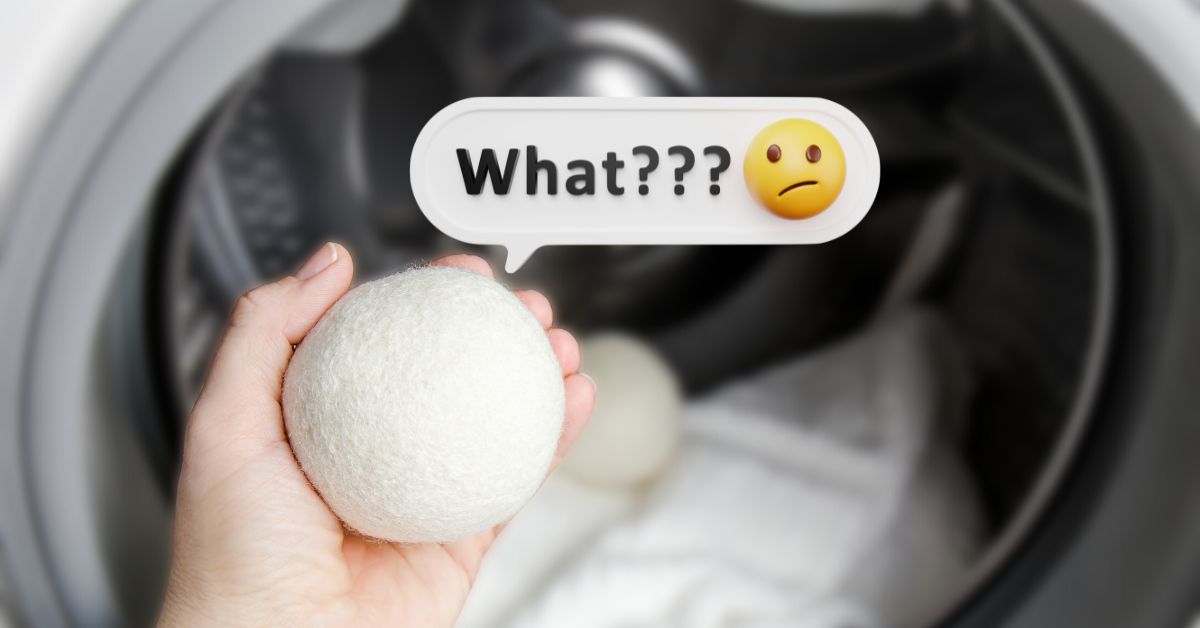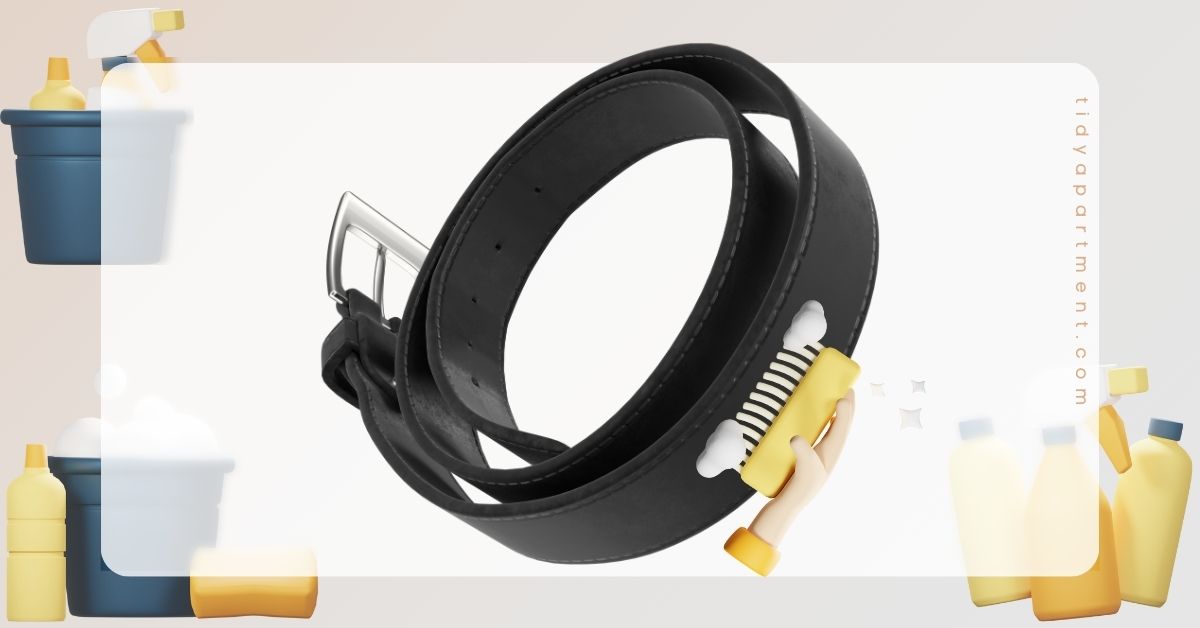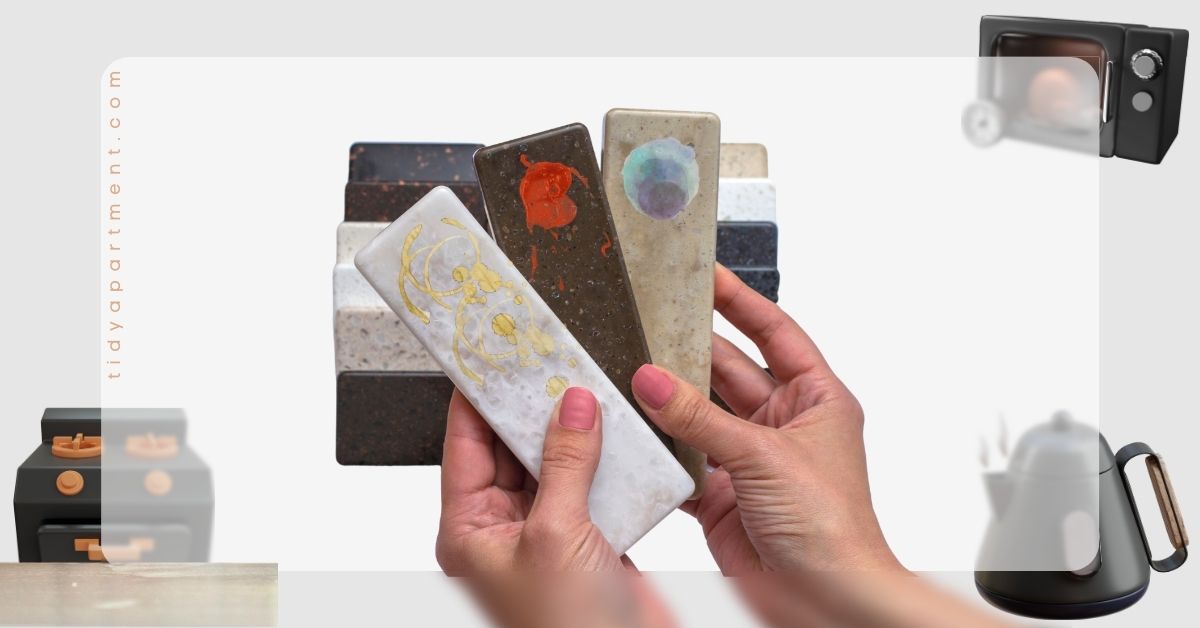Do you iron your clothes regularly? If yes, you must have noticed that ironing becomes more effective when you sprinkle a few drops of water on the clothes. A bit of dampening helps erase all the hard wrinkles, straightening the surface of the cloth and making it look great.
An urgent meeting might require you to get ready by ironing half-dried clothes. You might feel it’s risky to iron your wet clothes. However, there’s nothing to worry about if you have the required understanding of ironing wet clothes. If you know the type of clothes, the wetness ratio, the temperature settings, and what safety measures to take, you can iron wet clothes.
Page Content
Can You Iron Wet Clothes?
The short answer is yes but you cannot iron all types of wet clothes. You should only iron damp clothes and not completely wet which are dripping water. Only fabrics such as cotton, linen, and denim allow you to iron before they are completely dried. Avoid ironing on natural silk items.
How Wet Should the Garment Be to Iron?
Don’t take the “wet” word literally. Avoid ironing clothes that are soaked with water and still dripping. Let them go through the dryer to remove excess water. Though ironing helps dry the clothes, you may have to air-dry them later. It’s also sensible not to dry the clothes by ironing; remember, it will require more power, which increases your energy bills.
Slightly damp clothes are the best to iron. The leftover moisture in these clothes is in the perfect ratio, which helps to erase the creases once you iron them. The hot iron evaporates the dampness quickly, leaving the garment fully dry and ready to wear or stack in the wardrobe.

Pretreatment Before Ironing Wet Clothes
It’s sensible to do a few things before you plan to iron your wet clothes. You might be rushing to iron your wet clothes due to an unprecedented urgency. However, you must follow the instructions below before you put your hands on your iron.
- Ensure the clothes aren’t dripping wet.
- Look for any bunching due to the wash and spin cycle. If any, you can straighten the bunchings by shaking out the fabric.
- Semi-dry the clothes by running a dryer cycle. Use the dryer sparingly to keep your clothes in good shape for a long time. In addition, it will also help the environment, as dryers consume the most energy after refrigerators.
- Alternatively, you can dry them using a hair dryer, or heated towel rail.
- Once you are sure you have removed the excess water, iron them.
Ironing Overview




Instructions to Iron Wet Clothes
Ironing wet clothes may look like a cakewalk for many. However, it’s crucial to do it the right way. Here are a few tips for you to follow to iron wet clothes the right way:
- Remove all excess water from the clothes before ironing.
- In addition, you must also focus on the type of clothes. Different fabrics react differently to ironing, and you must consider this fact. Ironing on wet clothes is possible only with cotton, linen, and denim fabrics. Multi-layered fabrics, such as plump towels and natural silk fabrics, are out of the question when ironing wet clothes.
- Always set the lowest temperature while ironing wet clothes. Because the high temperatures may have an adverse reaction on the fabric, damaging it or burning it.
- You can iron the clothes as you usually do. However, applying extra pressure will help dry the clothes faster, saving you precious time while ironing.
- Iron wet clothes from the inside using a dense, absorbent tissue that helps to elevate the evaporation ratio of water.
- With the right amount of pressure and temperature, you will finally get a crease-free garment, which will appear with a new sheen and crispy feel.
Related: Can you iron dry clean only clothes?
Benefits of Ironing Wet Clothes
Apart from ironing wet clothes during an emergency, you must know the additional benefits it offers.
1. No Extra Steam Required
Ironing wet clothes helps you get them directly into a steam position. You can save the effort of splashing steam or water onto the clothes to make them wet. A garment with several wrinkles requires water sprinkled on it for the best results. However, in the case of wet clothes, you don’t have to do that.
2. Saves Time
Ironing wet clothes also saves substantial hours drying them. It saves hours and hours that you want to give to the clothes to get them dry. Also, there’s a lot of time involved in getting the clothes dried in a machine dryer. To sum up, you save significant time by ironing wet clothes.
3. Safe for the Fabric
Water enhances the absorbency of any item as it cools down when mixed with it. In a way, wet clothes are cooler than dry ones. It keeps away the possibility of burning the clothes unprecedentedly while ironing. In addition, semi-dried fabrics iron out smoothly and straighten to give a smooth surface and crispy feel to clothes.
4. Dry Faster
Ironing wet clothes helps them dry faster due to the heat from the iron. Otherwise, you may have to wait several hours until they dry completely.
5. Removes Wrinkles Quickly
Ironing wet clothes helps the wrinkles vanish quickly. It saves substantial time while ironing.
Disadvantages of Drying Clothes with Iron
Each coin has two different sides. And ironing wet clothes isn’t an exception. Let’s understand the disadvantages of drying clothes with iron-on various fabrics.
1. Silk Clothes Will Get Damaged
Avoid drying natural silk by ironing. You may damage it. Because ironing wet silk may damage and tear the threads, which results in losing its sheen and smoothness.
2. Clothes Will Lose Strength and Softness
Ironing wet clothes will lose their strength and softness if you dry them aggressively using an iron. Heated iron may stretch the semi-dry fabrics, damaging them further if you don’t set the iron to the lowest temperature. We recommend having a protective net or gauze between the garment and iron while ironing to retain the original form of the clothes.
Is Dry Ironing Better Than Wet Ironing?
Wet ironing is much better than dry ironing. If you re-read the above information again, you will find more benefits over the disadvantages of ironing wet clothes. It not only gives you a wrinkle-free surface quickly but helps you save the drying time of the clothes and the time spent spraying the dry clothes with water. Ironing wet clothes is a straightened surface free of wrinkles and creases and a crisp finish.
Related: Iron temperature settings.
Alternative Methods for Drying Clothes
i. Air drying
Hanging clothes on a clothesline or drying rack allows them to dry naturally through air circulation. This method is energy-efficient and helps preserve the fabric’s quality. However, it may take longer for clothes to dry, especially in humid conditions.
Related: Minimum temperature for drying clothes outside
ii. Indoor Drying
In colder or wetter climates, you can use indoor drying racks or clotheslines. Ensure proper ventilation to prevent excess moisture buildup.
iii. Tumble Dry
Some clothes, like delicate fabrics or those prone to shrinking, may require special care. A tumble dryer on low heat or delicate settings can suit such garments.
How to Store Wet Clothes After Ironing?
To store ironed wet clothes properly and maintain their freshly ironed appearance, follow these tips:
- Ensure complete drying: Ensure the clothes are fully dry before storing them to prevent odors.
- Use hangers or folding techniques: Hang clothes on appropriate hangers to minimize wrinkles. Alternatively, fold them neatly to avoid creasing.
- Avoid overcrowding: Store clothes in a way that allows air circulation and prevents excessive compression, which can lead to wrinkles.
- Avoid plastic bags: Plastic bags can trap moisture, leading to a damp environment and potential odors. Use breathable fabric or garment bags for storage.
- Can I iron clothes right after washing them?
Yes, you can iron clothes right after washing, but only when you remove the excess water and bring the clothes to a damp status.
- Does ironing wet clothes shrink them?
Setting the iron to the lowest temperature while ironing wet clothes will not shrink them. However, high-temperature heat may react adversely on the cloth, sometimes ruining them.
- Do wet clothes help with heat?
Wet clothes prevent the clothes from the heat of the iron. The heat helps the remaining water to evaporate faster, drying up the clothes. But the heat has no adverse effects, provided the iron is set at the lowest temperature.
Conclusion
Drying wet clothes with an iron is rewarding. It not only helps in saving your precious time but also gives you much better ironing rather than dried clothes. However, there’s a limit on what type of clothes you can iron when wet.
Iron cotton, linen, or denim type of clothes exclusively. Avoid ironing natural silk garments when they are wet. Iron wet artificial silk items by inserting a protective net between the garment and the iron.
Ironing wet clothes is safe for the fabrics, saves time, and gives a rich appearance to the ironed cloth. Moreover, it is a perfect escape plan when you have to face a challenge to attend a meeting on short notice.
Related: How to Get Wrinkles Out of Rayon



